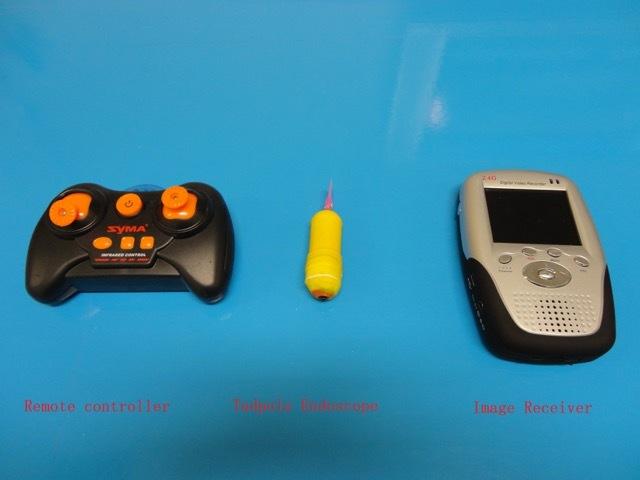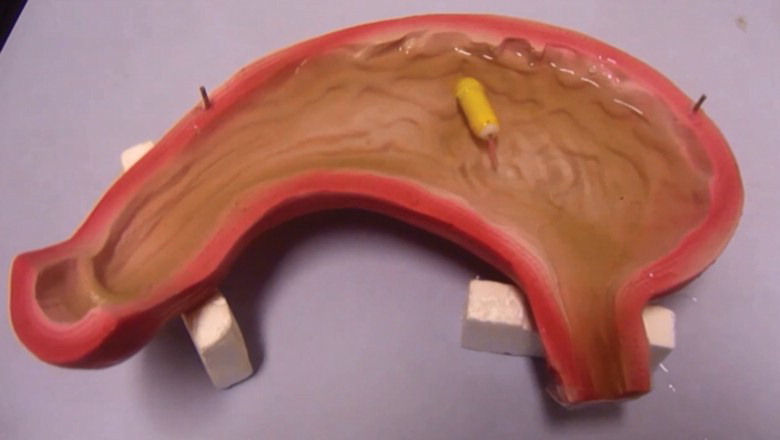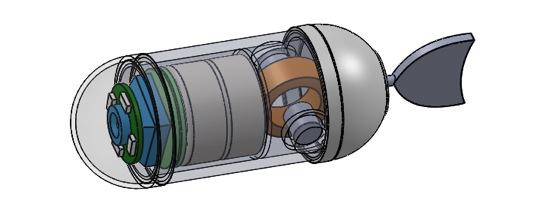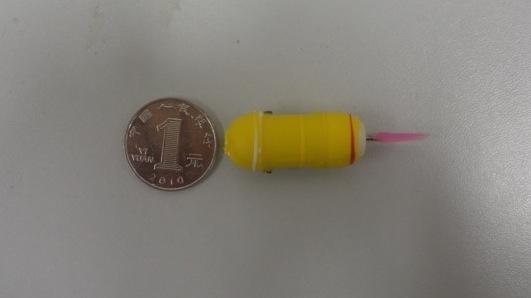 There’s a strong human instinct to avoid knowing bad news as if somehow that prevents it from being real. The consequences of succumbing to this kind of irrational desire can range from simply complicating a situation, to finding yourself having lost the opportunity to put up a fight against a fatal disease like cancer.
There’s a strong human instinct to avoid knowing bad news as if somehow that prevents it from being real. The consequences of succumbing to this kind of irrational desire can range from simply complicating a situation, to finding yourself having lost the opportunity to put up a fight against a fatal disease like cancer.
Any number of sources will tell you that when dealing with cancer, early detection is a key element to increasing the chances of survival. In a paper published in the most recent issue of Transactions the journal of the Hong Kong Institution of Engineers (HKIE), a research team from the Chinese University of Hong Kong’s Institute of Precision Engineering described a device they have developed to aid in the early detection of cancers in the gastrointestinal tract.
The miniature machine, composed of electronics and a wireless video camera enclosed in a 3D printed shell, is named the Tadpole Endoscope because the mechanics of its movement are based on those used by a tadpole to propel itself through its watery environment. The size of a large pill, the tadpole is introduced into the patient’s gastrointestinal tract by swallowing. Once inside, it can be directed via remote control and send back to a screen images of its surroundings.
 Prior to this, the method for examining the GI tract of a patient was through an endoscopy which consists of the insertion of a flexible tube combined with a light source and an array of lenses or tiny cameras. This tube is then ‘driven’ from the outside and can be unwieldy and difficult to operate in tight areas. In addition, it’s just downright unpleasant.
Prior to this, the method for examining the GI tract of a patient was through an endoscopy which consists of the insertion of a flexible tube combined with a light source and an array of lenses or tiny cameras. This tube is then ‘driven’ from the outside and can be unwieldy and difficult to operate in tight areas. In addition, it’s just downright unpleasant.
 Since so much of the battle in cancer lies in convincing people to get themselves examined regularly, removing any aspect of the examination that is uncomfortable, no matter how small, is an important part of the strategy. While it may not seem that the image of a tadpole swimming around in your guts is a vast improvement, anybody who has every experienced an endoscopy probably immediately understands how much better the larval frog approach sounds.
Since so much of the battle in cancer lies in convincing people to get themselves examined regularly, removing any aspect of the examination that is uncomfortable, no matter how small, is an important part of the strategy. While it may not seem that the image of a tadpole swimming around in your guts is a vast improvement, anybody who has every experienced an endoscopy probably immediately understands how much better the larval frog approach sounds.
To date, the tadpole has not been released into the GI tract of any human beings. Instead, it has been undergoing rigorous testing, first in a model of the stomach and then later in the stomach of a pig. The successful test of the model with the propulsion system takes it one step closer to being ready for human use, but there are still a great deal more tests to undergo before then. What are your thoughts on this possible breakthrough within the cancer diagnostic space? Discuss in the 3D Printed Tadpole Endoscope forum thread on 3DPB.com.
Subscribe to Our Email Newsletter
Stay up-to-date on all the latest news from the 3D printing industry and receive information and offers from third party vendors.
You May Also Like
Bioink Standards for Bioprinting Published by ASTM International
Unveiling a blueprint for the future of bioprinting, a new 20-page guide outlines essential practices for bioink use, covering everything from preparation to post-printing. Developed over six years, this document...
3DPOD Episode 196: Bioprinting and Biofabrication with Dietmar Hutmacher, Queensland University of Technology
Dietmar Hutmacher is a Professor and Chair in Regenerative Medicine at the Faculty of Engineering, School of Mechanical, Medical, and Process Engineering at Queensland University of Technology. He possesses extensive...
World’s First Bioprinted Trachea Transplant Marks a New Era in Medical Innovation
A research team from the Catholic University of Korea has successfully implanted the world’s first bioprinted artificial trachea into a patient, customized using adult stem cells from another person. Led...
BIO INX and Rousselot Team up to Elevate Gelatin Bioinks for Bioprinting
BIO INX and Rousselot, which create 3D bioprinting materials and gelatin products, respectively, have teamed up to advance the production of 3D printed tissues. The duo will share their knowledge...
































